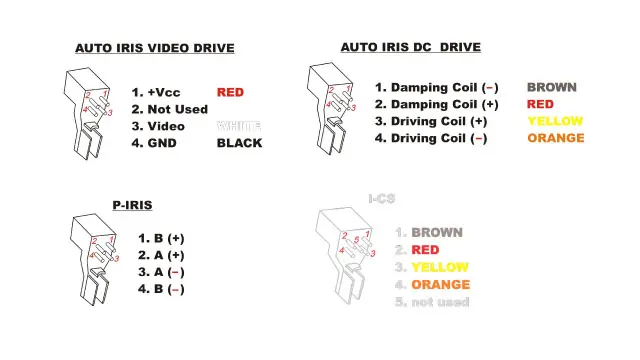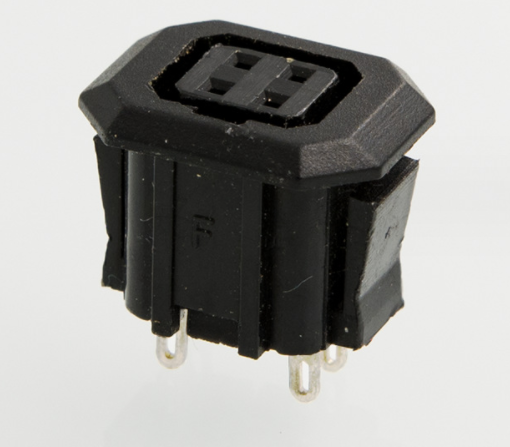The aperture of the lens is mainly used to adjust the size of the aperture or opening of the lens, so as to control the amount of light entering the lens, so that the image can be correctly exposed. In this way, the image will not be too bright in a well-lit scene, and at the same time, the image will not be too dark in a dark environment. On the other hand, the size of the aperture will also affect the depth of field of the image. The smaller the aperture, the longer the depth of field. The larger the aperture, the shorter the depth of field. Long depth of field is particularly important in some surveillance scenarios, such as narrow passages or parking lots. Conventional lens aperture control methods are mainly fixed aperture, manual aperture, automatic aperture and electric aperture.
The aperture size of the fixed aperture lens is fixed and cannot be adjusted.The manual aperture lens is to adjust the aperture size by manually adjusting the aperture knob.
The automatic iris lens is not controlled manually, but through other signals to control the size of the aperture. There are two types of DC voltage signal control and video signal control.
Electric aperture lenses use electric motors to control the size of the aperture, such as P Iris, which can be operated by clicking the aperture button on the SDC web page

Standard CCD cameras have interfaces for driving auto-iris lenses, some of which only provide one driving method (mostly video driving), and some provide two driving methods (video driving and DC driving) for users to choose.
Video Drive (Video Drive, referred to as VD) means that the camera outputs the video signal level to the inside of the automatic aperture lens, and then the internal drive circuit outputs the control voltage to make the lens aperture adjustment motor rotate; DC drive (DC Drive, referred to as DD,) means that the drive circuit of the lens aperture motor is added inside the camera, which can directly output DC control voltage to the aperture motor in the lens and make it rotate. This method is sometimes called direct drive (Direct Drive) Drive). Therefore, the cost of a camera with a DC drive interface is slightly higher (because a part of the circuit is added), but the selected automatic iris lens is smaller because it does not contain a drive circuit inside, and the price is also lower.

The video drive auto iris interface uses 3 pins, namely power positive, video, and ground; while the DC drive auto iris interface uses 4 pins, namely damping positive, damping negative, driving positive, and driving negative. If the camera has two aperture drive modes at the same time, the specific definition of the interface as VD or DD drive mode must be selected by another toggle switch, or set through the OSD menu.
The working principle of the automatic aperture is actually to output a control voltage according to the change of the video signal level, to drive the micro motor in the lens to control the aperture to rotate in the forward and reverse directions, so as to realize the automatic adjustment of the aperture and make the output of the camera The video signal is maintained at a preselected standard level. Usually, this standard level is set at 70% of the peak level.

